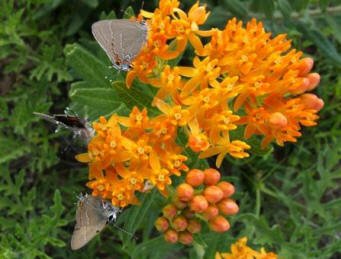|
The Cross
Timbers and Blackland Prairie ecosystems of north Texas have played an
important role in this regionís natural heritage. Prairies and
grasslands have historical significance in north Texas. The D/FW area
straddles both ecosystems: Blackland Prairie and the CrossTimbers (both
considered a component of the Tallgrass Prairie). Native Americans
survived off the natural resources provided by these ecosystems. As
settlers traveled into the area from the east, they passed through the
lush, green Blackland Prairies, which were covered with wildflowers,
native tall grasses and dotted with trees along rivers. The Cross
Timbers area featured two distinct belts of densely-wooded Post
Oak/Blackjack Oak forests. The Cross Timbers was, and still is, the
transition zone between deciduous forests of the east and the grasslands
of the Great Plains. Early accounts by settlers of this region spoke of
beauty and harshness altogether. The D/FW metroplex was established
amidst these ecosystems. It is important that we not lose touch with
our natural heritage. Today, less than 1% of the original Tallgrass
Prairie remains intact. 
With water conservation in our urban areas
becoming increasingly more important, native plants in our landscapes
can help us save our precious water. Native plants grow naturally
in our soils, climate & unpredictable weather. They are
drought-tolerant and need little attention. Some of these native
plants may not be available in most local nurseries, however, you might
try calling nurseries that specialize in native plants. You always
have the option of propagating these plants from seed or vegetatively.
If nothing else, knowing some native plants will help you appreciate
their role in our environment and urban settings.
We have
collected pictures and information on some of the plants found in these
vanishing ecosystems. This is not an exhaustive display of plants, it
is merely a dent in the diversity that exists in our region.
These plants can be found locally in
lawns, parks, development sites, and natural areas. If you keep
your eyes to the ground, you'll be surprised at what you might find!
CLICK on any category to go to the
specific category for more plants. |